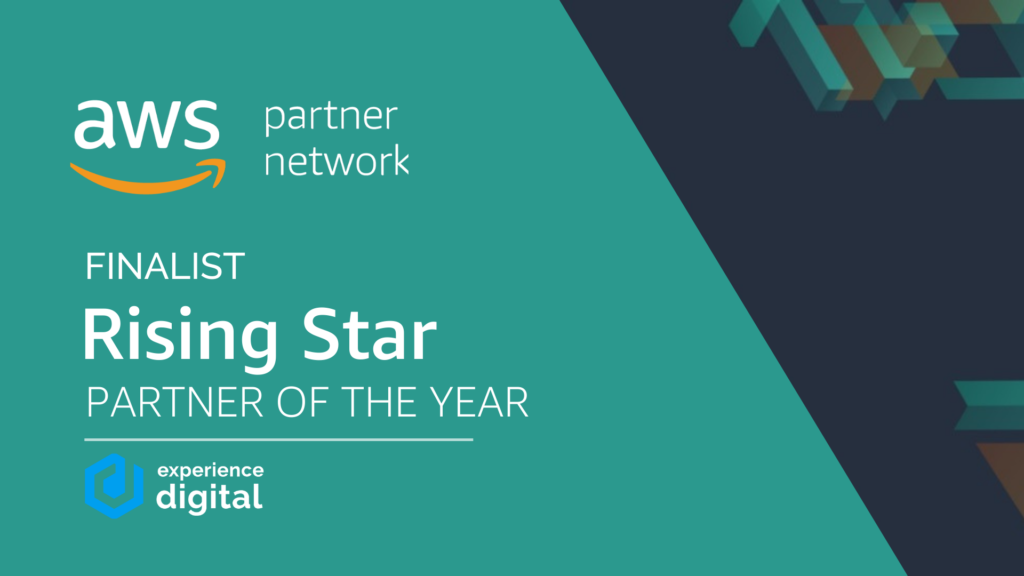In 2022, industry experts predict cyberattacks to grow in frequency and sophistication, with the size of the global cybersecurity market worldwide surpassing $240 billion. With this in mind, there is an ongoing necessity to prioritise cybersecurity as an integral component of risk management within your business.
The landscape of cyber dependence has drastically increased following the onset of the COVID-19 pandemic. This (arguably inevitable) shift to cloud-based operations for the majority of companies, regardless of industry, has served many benefits as well as an increased amount of associated risks. This substantial digital shift has seen companies rapidly increase their technological capability to serve their remote-based workforce and growing scope of customers. Following on from this, consumers have also demonstrated a major shift in their online habits, with a major increase in the use of online services within the e-commerce space.
Consumers are not the main victims of cybercrime though, with organisations also falling victim to a larger scale of cyberattacks, averaging $3.6 million USD per incident according to IBM, 2020. In efforts to intercept communication and access sensitive company data, businesses can experience a range of cyberattacks, which we’ve defined in our recent blog, ‘How to Keep Cybersecurity Front of Mind’.
With this ongoing threat only set to increase, let’s break down the main predictions associated with the cybersecurity industry for 2022/23, and how to effectively prepare your business for what’s to come.
Cybersecurity Trends for 2022 onwards
In the digital ecosystem, small and mid-size enterprises (SMEs) unfortunately represent the largest target of cyberattacks, with 55% of SMEs have experienced a cyberattack in 2020 according to The World Economic Forum’s 2022 Global Cybersecurity Outlook Report. Although startups are perceived as the easiest target, cyberattacks on SME’s involve greater complexity and greater monetary benefit for attackers.
According to CB Insights, the main industry facing daily cyberattacks is Financial Services, with a report by Boston Consulting Group revealing that financial services firms are 300 times more prone to cybersecurity attacks than businesses in other industries.
Unsurprisingly, the main type of cyberattack organisations continue to face is ransomware, with an increase of 151% in the first six months of 2021 and research by PwC suggests that 61% of technology executives expect this to increase even more in 2022. This rapid increase is largely attributed to cryptocurrency circulation, enabling attackers to remain anonymous therefore harder to track. Ransomeware is typically deployed via a phishing attack, as a way in which hackers gain access to businesses data via their employees clicking an unsafe link.
In response, 2022 will see businesses increase their cloud security focus to equip their business with security against hackers intercepting data communication. Furthermore, businesses are beginning to recognise the necessity of continual employee training to ensure their workforce feels confident in not only identifying a potential attack but acting correctly to mitigate any risks associated.
How to Prioritise Cybersecurity & Protect Yourself
Shifting from a Cybersecurity to Cyber Resilience Mindset
The main focus in 2022 should be the transition from attempting to avoid cyberattacks entirely. 48% of the World Economic Forum’s Cyber Outlook survey respondents recognise that the increase in automation and machine learning will introduce the biggest transformation in cybersecurity in the short-term future.
Therefore, the likelihood of experiencing a cyberattack in some form is extremely high, if not inevitable for most larger businesses at some point in time. Accepting this and understanding the need to adequately anticipate, identify and recover from these attacks is more beneficial for your business. This process is known as increasing cyber resilience, which highlights an innate focus on minimising the severity and timeframe of an attack, as opposed to trying to avoid it altogether. Cyber resilience should undoubtedly be a core focus within your cybersecurity plan moving forward.
This ability to implement a robust incident response process can not only save your business financially but also decrease the ramifications associated with the publicity surrounding a cyberattack. With the major societal shift to accepting the notion of a perceived attack, demonstrating transparency and accountability throughout business operations will greatly assist businesses in establishing, or regaining, trust with stakeholders, partners and customers in the instance of an attack. This leads to the next key focus for this year.
Education via Policy Creation
Alongside providing ongoing employee training to equip your staff in feeling adequately protected against a cyberattack, businesses should be implementing a Cybersecurity Policy document. Creating this policy can greatly decrease the severity of an attack, with your IT able to consistently evaluate the readiness of your business against a potential attack and test it regularly. Furthermore, building out this robust set of tools and guidelines allows for stronger communication between teams, which is crucial in the instance of crisis management occurring.
Implementing cybersecurity policies and methodologies is important, although shifting your businesses’ mindset to truly appreciate the criticality of cybersecurity as a business-enabling function is one of the most fundamental ways to drive change.
Despite the recognition of cyber resilience as crucial to successful protection against cyber threats, various organisational, technical and regulatory barriers can hinder the successful implementation. To overcome these barriers, alignment from business executives is essential. A holistic, collaborative approach to understanding requirements involves appointing security-focused executives and ensuring cybersecurity is considered within important business decisions.
These individuals operate as subject-matter experts who drive change and consider risk at the forefront of key business decisions policy implementation.
“Cybersecurity leaders require the right skillset, tools and partnerships to assess these risks and to build resilient digital economies.” – Albert Antwi-Boasiako, Acting Director-General, Cyber Security Authority (CSA), Republic of Ghana.
Collaboration to Secure the Ecosystem
For businesses looking to strengthen their shield against cyberattacks, a growing trend in 2022 is that of partnerships. As touched on above, hiring subject matter experts internally allows for a greater level of consideration and preparation against a potential attack. Another option preferred for smaller businesses involves outsourcing – by partnering with other businesses with dedicated security sectors. This provides the opportunity to build a layered and robust security model – including network, endpoint and data-centre controls.
The surge of cyberattacks over the past few years has seen threat groups join forces to launch major attacks and gain resilience. Cyber leaders acknowledge the need for greater collaboration in the realm of cybersecurity throughout the entire ecosystem to combat this, encouraging a greater understanding of the benefits of sharing cybersecurity knowledge to build a resilient ecosystem.
“The industry needs to work to democratise security, particularly as the talent gap and retention continue to stretch teams thin.” – Ian McShane, field CTO at Arctic Wolf explained.
We’re here to help.
With the innate necessity to increase your cybersecurity measures becoming increasingly imminent, implementing policies and securing your business against pending cyberattacks seems daunting. If you need a helping hand to fill the security gaps within your business, our highly experienced consulting team can assist with all your data and asset security needs. From ISO 27001 framework compliance to replatforming, let us assist you in feeling confident and secure.






